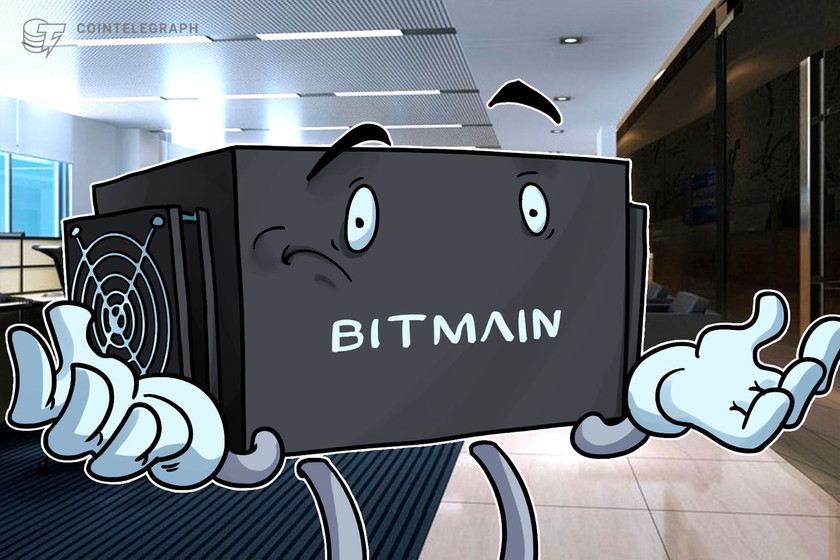Compound ‘5x Overvalued’ as COMP Farming Accounts for 88% of Its Assets
Unlike most other cryptocurrencies, governance tokens for decentralized finance, or DeFi, lend themselves to classical fundamental analysis techniques. Since they are in many ways similar to traditional equity, they can benefit from established frameworks for evaluating a company.
Cointelegraph spoke with Pankaj Balani, the CEO of derivatives platform Delta Exchange, to learn more about his company’s research exercise in trying to give a fair value to the Compound protocol token.
The monetary value of governance
The researchers initially focused on assigning a monetary value to the ability of governing the protocol. They took the example of stock markets, where each company may have different voting rights assigned to each share. “Almost always, shares with voting rights will trade at a premium to shares with no voting rights,” Balani noted.
According to their analysis, that premium is usually around 2.5% to 5%, and 15% at most. For COMP though, the researchers assumed that 20% of its value lies in governance to account for what they believe is higher freedom in decision-making.
To estimate the remaining 80% of the value, researchers applied a classic evaluation method used for banks:
“You have depositors who give their assets, and you have borrowers who basically borrow those assets. And then there is a net interest margin that the bank captures.”
He explained that bank stocks usually trade at modest multiples of their book sizes, or how much value they are lending out. While Compound is not a bank, the protocol functions in a similar way and can be imagined to be capturing the same value that a bank would in its place.
Traditional banks are valued at about two or three times their book value. For COMP, researchers multiplied the book value five times to account for future growth. But that still resulted in a “fair value” of $40, compared to its current price of $173. Researchers used a book value of $400 million, which was equal to the assets borrowed from the protocol in early July, according to DeBank data.

Source: DeBank
Is the valuation fair?
The team noted that the valuation method rests on some key assumptions — notably the multiplier for the book value. But there are a few other caveats to this research. The team used the fully diluted market capitalization of 10 million COMP, as opposed to the currently circulating supply of 2.5 million.
On the other hand, the formula they used assumes that COMP’s value only lies in governance, though the token is expected to soon have a mechanism to capture the economic value of the protocol.
Compound’s market capitalization is now about half the total value borrowed on the protocol — but there is a very important caveat to this as well.
The magnitude of yield farming
According to Compound’s statistics, over $800 million of the $1 billion of assets borrowed is DAI — while all DAI in existence totals $200 million. On July 1, only 30 million DAI were borrowed. A similar story happened with USDC, where the value jumped from $30 million to about $180 million virtually overnight.
As Balani noted:
“A lot of [assets] are there to farm the yield on Compound, which is given in terms of COMP. […] And once its price starts to normalize, it is possible that a huge chunk of that book will start to unwind.”
The sudden jumps for DAI and USDC can be used to estimate how much of Compound’s book is legitimate usage, and how much is due to liquidity mining. These funds flow almost entirely to the most profitable farming asset — as evidenced by BAT’s lending falling from almost $300 million to slightly more than $1 million when DAI became the new flavor.
The difference in the before and after for USDC and DAI amounts to $881 million, which were added by aggressive liquidity miners.
Thus, Compound’s true book value can be no more than $119 million, a portion of which likely still consists of less aggressive “yield farmers.”









